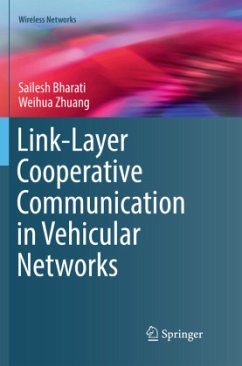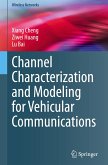This book presents link-layer cooperative frameworks to improve transmission reliability and network throughput of distributed TDMA MAC protocols in vehicular ad hoc networks (VANETs). The main objective of this book is to present link-layer node cooperation schemes to enhance the link-layer performance of vehicular networks, in terms of reliability and system throughput. The authors present approaches proposed for the medium access control (MAC) and node cooperation in VANETs. The authors also cover cooperative ADHOC MAC for point-to-point communication between a pair of source and destination nodes, and cooperative relay broadcasting for broadcast services in this book. The performance of node cooperation frameworks is evaluated via mathematical analysis and computer simulations, in comparison with distributed TDMA MAC protocols without cooperation. The proposed node cooperation frameworks enhance the performance of distributed TDMA MAC and make it more robust to tackle thedynamic networking conditions in VANETs. Furthermore, with cooperation enabled transmission, the performance of distributed TMDA MAC is more suitable to support the wide range of mobile applications and their strict service requirements which is discussed in this book.
The proposed node cooperation schemes and distributed cooperation decisions can be extended to wireless systems other than distributed TDMA MAC, such as cellular communication, for vehicular communications introduced in this book. This book is useful for researchers from academia and industry, as well as advanced level students interested in vehicular communication networks. It is also useful for professionals and engineers developing applications that use cooperative wireless communication systems.
The proposed node cooperation schemes and distributed cooperation decisions can be extended to wireless systems other than distributed TDMA MAC, such as cellular communication, for vehicular communications introduced in this book. This book is useful for researchers from academia and industry, as well as advanced level students interested in vehicular communication networks. It is also useful for professionals and engineers developing applications that use cooperative wireless communication systems.








